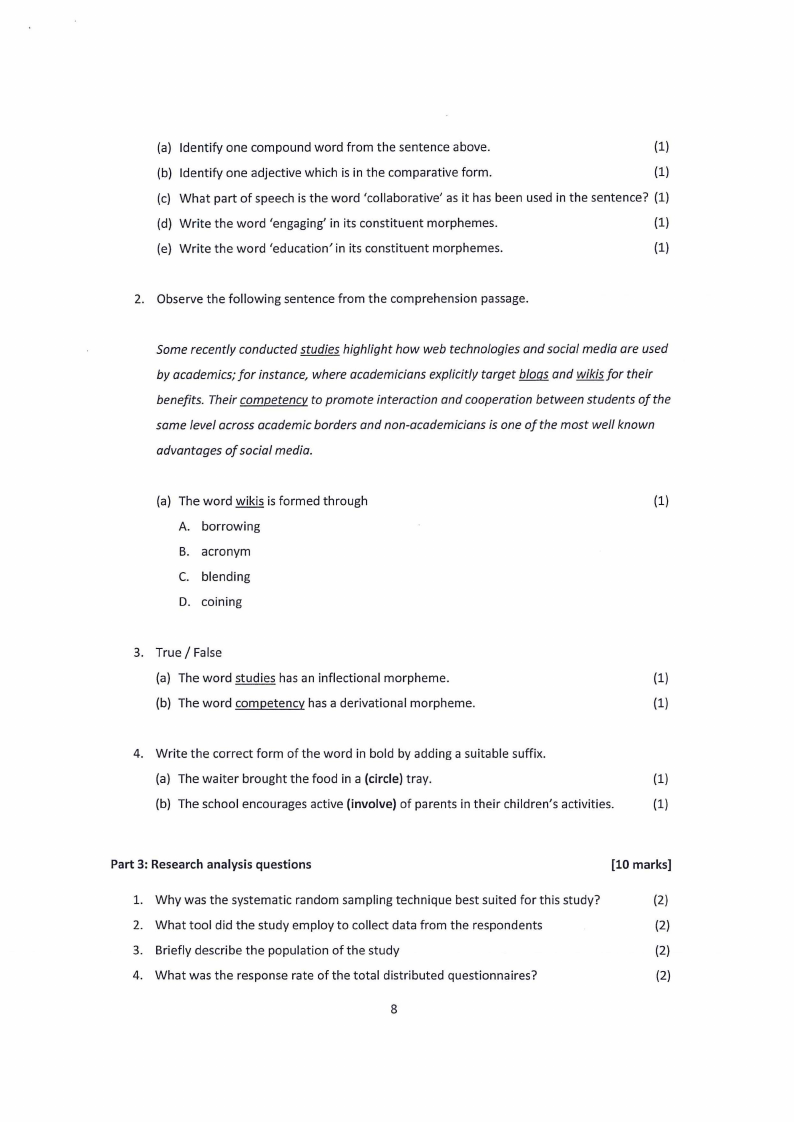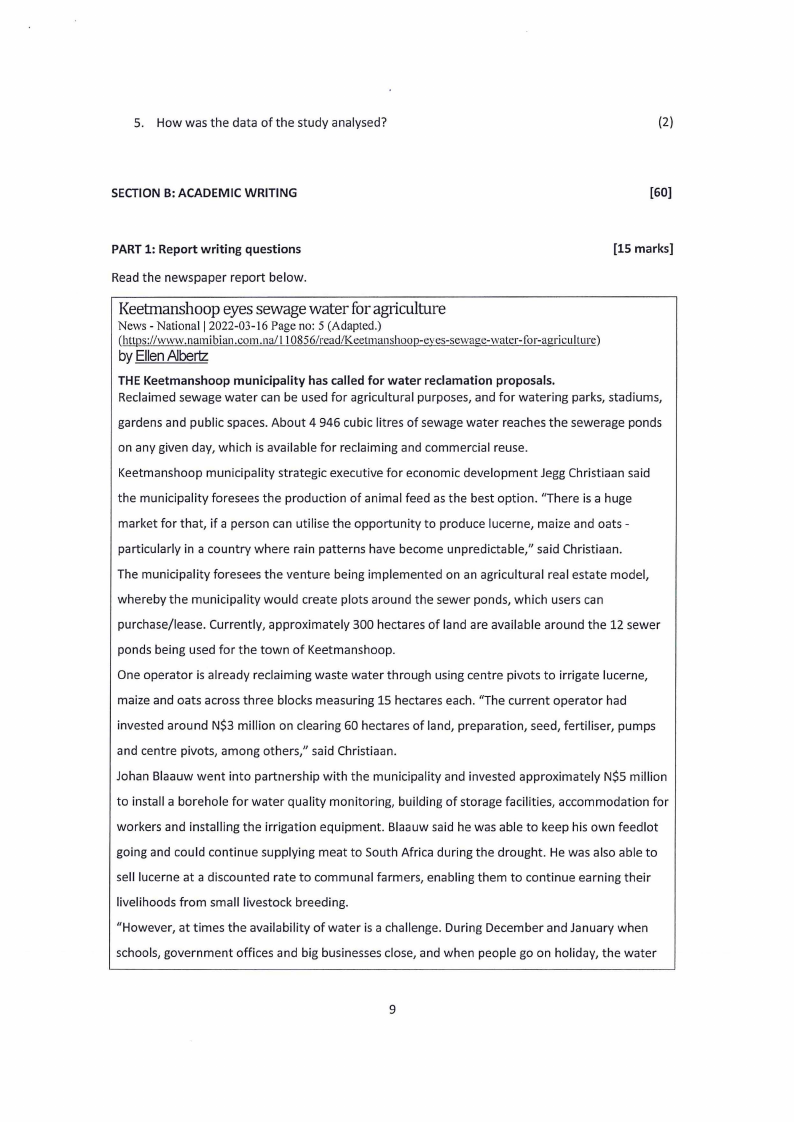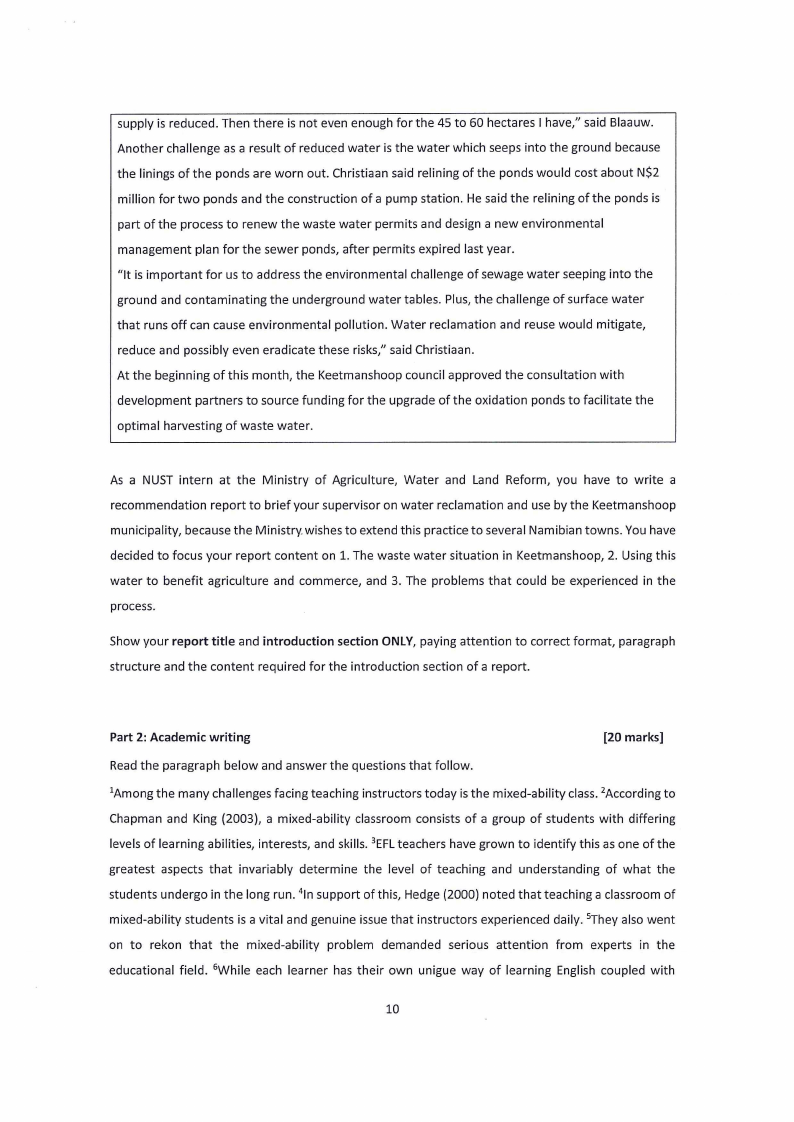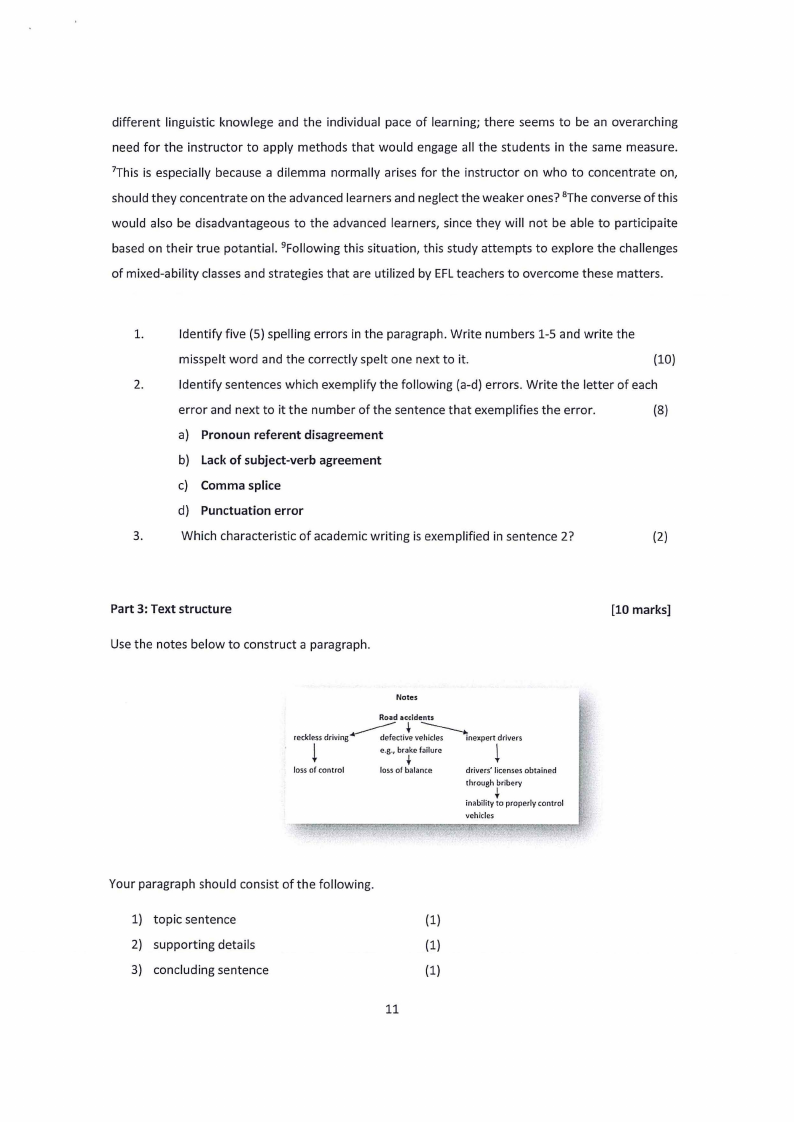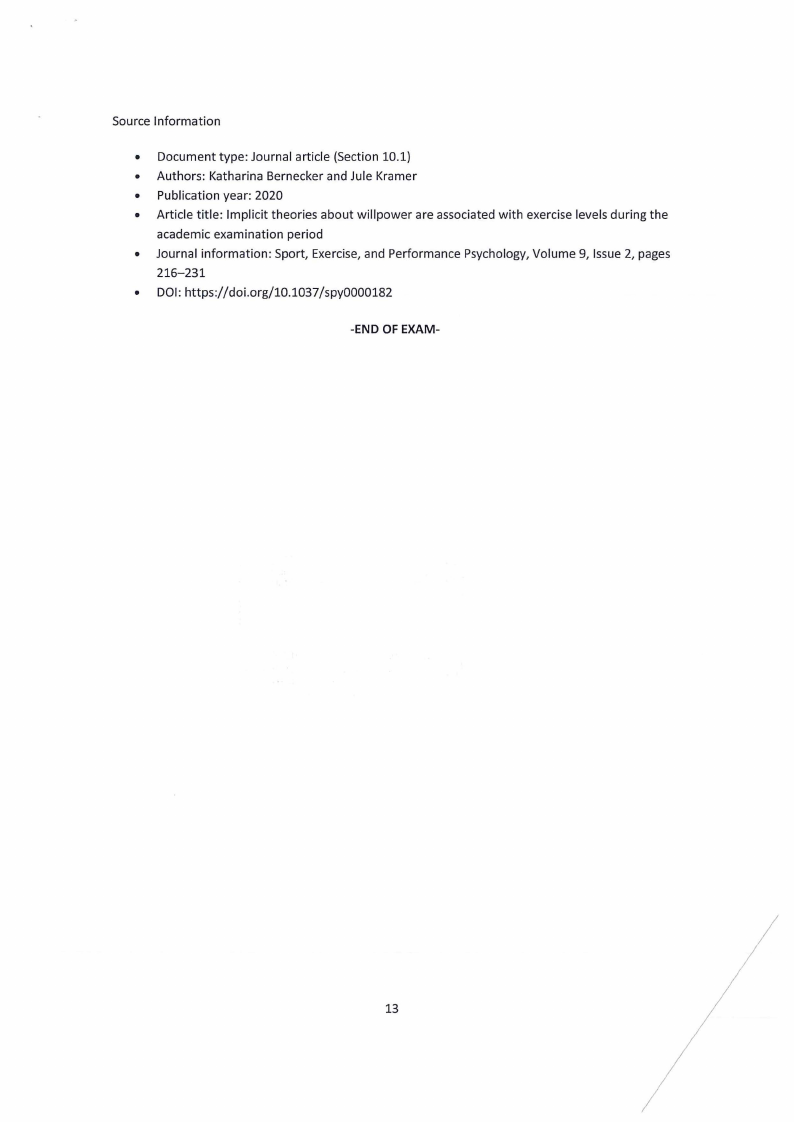
knowledge and exchange information in educational situations. Students' dynamic involvement in
learning, where they rebuild information/ideas based on their prior and current knowledge, adopts
them as a part of the learning process; this idea is highlighted by the constructivist learning theories
(Skemp, 1971; Papert, 1980; Siemens, 2004). For instance, constructivism that asserts "learning
happens when learners dynamically form their own knowledge by attempting to figure out (their
learning environment)" (Mayer, 2008) appears particularly compatible with the utilisation of social
media for gaining knowledge. One of the most significant contributions of social networks to the
education context is the prospect of knowledge sharing of students and their capability in using this
knowledge along the social networks to overcome their problems and difficulties (Mason & Rennie,
2008).
Social media interactively and collaborative learning
I Some recently conducted studies highlight how web technologies and social media are used by
academics; for instance, where academicians explicitly target biogs and wikis for their benefits. Their
competency to promote interaction and cooperation between students of the same level across
academic borders and non-academicians is one of the most well-known advantages of social media
(Collins & Hide, 2010; Rowlands, Nicholas, Russell, Canty, & Watkinson, 2011; Al-rahmi & Othman,
2013). Another frequently mentioned advantage of social media is its use in keeping up the users with
current research. For instance, an analysis of 10 science blog users discovered that apart from
regularly reading scientific biogs written by their peers, they were also writing their own biogs
simultaneously (Bonetta, 2007).
Collaborative learning and academic performance
J Collaborative learning, which happens when students collaborate in small units with a shared target,
developing meanings, researching a subject or enhancing proficiencies are of the most advantageous
aspects of active learning (Prince, 2004). An idea of learning that includes sharing information, know-
hows, and authority, in which students coach and acquire knowledge from one another and nurture
a beneficial dependence between one another, is referred to as collaborative learning (Panitz, 1996).
This motivates students to involve in presenting the solution, clarifying as well as qualifying their views
(Lantz, 2010), and enhancing the potential to reason analytically (Angeli, Valanides, & Bonk, 2003;
Garrison, Anderson, & Archer, 2001). In such a context, students collaborate in the conception of their
own knowledge and convert themselves into dynamic representatives in their knowledge acquiring
process. So, this technique permits students to gain a deep insight into the content and aids them to
form new knowledge from prior information (Draper, Cargill, & Cutts, 2002; Kennedy & Cuts, 2005).
Student participation, fulfilment, commitment, and advanced-level learning are some of the positive
results of collaborative learning (Hiltz, Coppola, Rotter, & Turoff, 2000; Khan, 2000; Prince, 2004).
Furthermore, collaborative learning provides the same chance for all involved students to understand
the subject contents (Soller, 2001).
K As dynamic collaborative learning is associated with the use of technology, the impact of active
collaborative learning on the student's achievement is increased more (Stowell & Nelson, 2007). This
opinion is supported by Kryder (1999), stating that students are more cooperative in their learning
process when they use technologies. Likewise, students who are expert in technology have a
knowledge aptitude that is sensorial as well as visual and 80% of them are dynamic learners (Fowler,
Armarego, & Allen, 2001). A growing number of studies have focused on increasing the technology
usage to encourage collaborative learning (Resta & Laferriere, 2007), which indicates that technology
has the ability to improve learning methods (Kreijns, Kirschner, & Jochems, 2003).According to
(Caldwell, 2007; Ribbens, 2007) believe that social media allows students to mentally
4

















